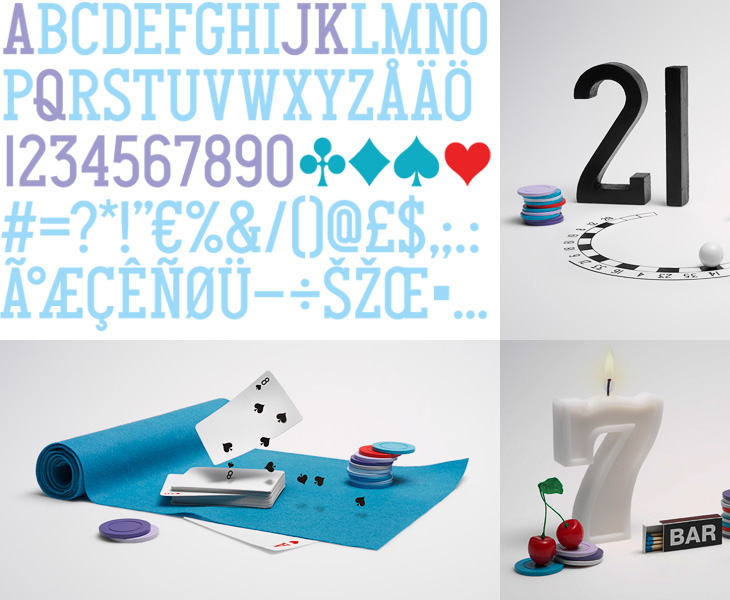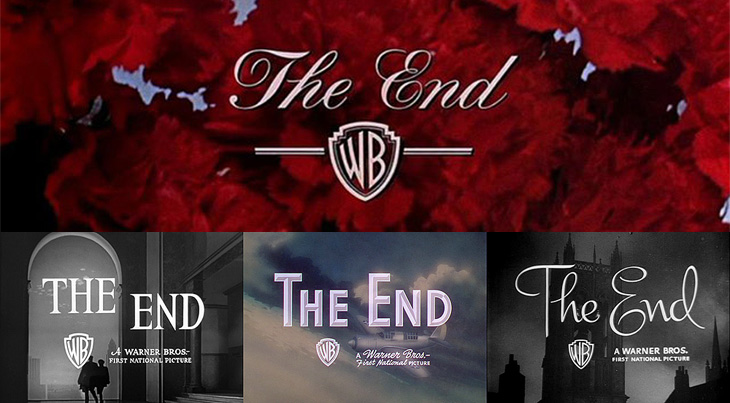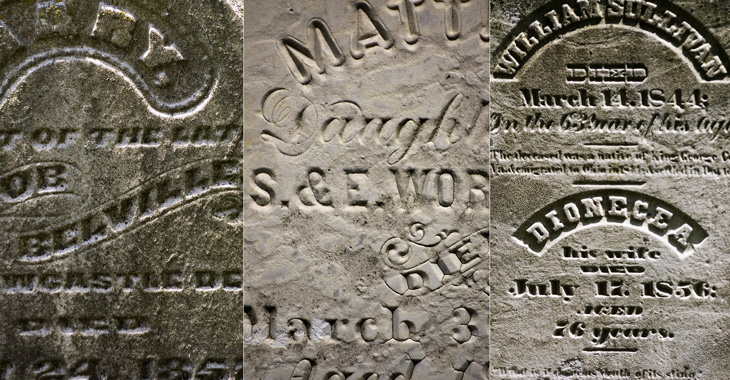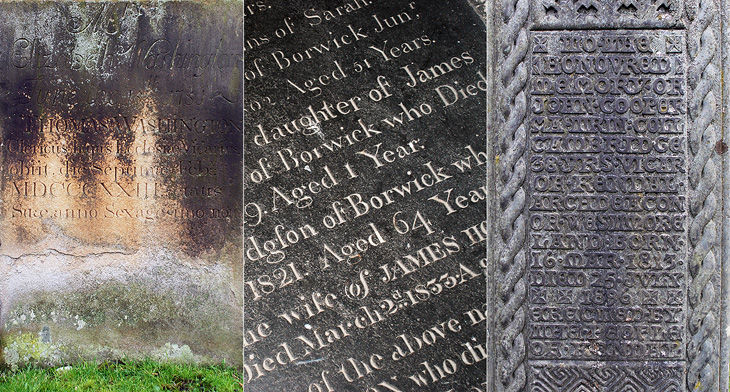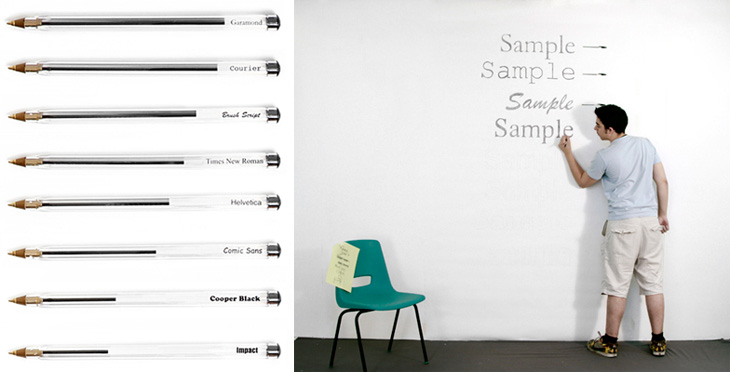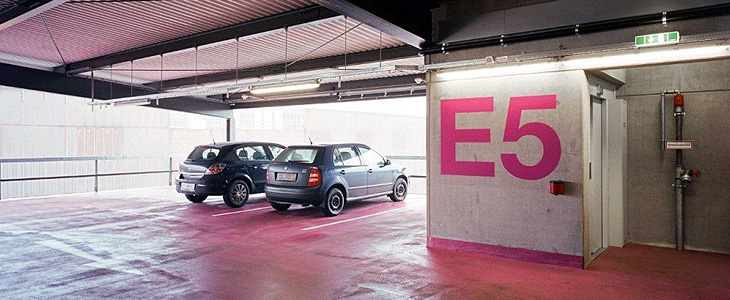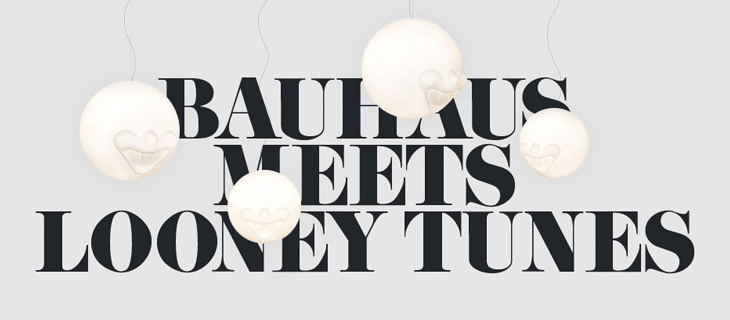I just read this post by Joe Clark, linked from Daring Fireball, about why you shouldn’t use small caps for acronyms. In it, Clark provides some examples which at first glance seem to support his argument, but a little thought reveals them to be mere examples of ill-considered typography rather than a crushing blow on the use of small caps.
I’m well aware the whole article may well be trolling, but there is one particularly egregious argument I’ve heard many times when the subject of typographic style comes up - though normally about apostrophes:
This nonsense, promulgated by snobs like that bore Bringhurst who have not read anything written after Jane Austen croaked, ostensibly improves typographic colour. What it actually does is inhibit reading.
Of course, anyone who has actually read ‘that bore’ Bringhurst would know that he is far from a bore and that he is all about promoting typography that aids reading. Setting acronyms in small caps does work well in a large number of cases, and it does indeed improve page colour, thereby reducing distractions to the reader, but as in anything there are no universal solutions. From the very section in The Elements of Typographic Style on the use of small caps for acronyms, Bringhurst states, ‘Refer typographic disputes to the higher courts of speech and thinking’. In other words, if you’re not sure, remind yourself how you’d say it or think of it — think of the meaning first and the style should follow.
I feel a little dirty responding to stuff like this, but I have a point to make. Articles like this promote a dichotomy, an idea that this way is right and that way is wrong, this way is snobbish and that way is proletarian — but when applied to typography it boils down to utter nonsense. The goal here is to allow the meaning of words to shine through. If you use small caps and it makes something hard to read, you should stop using small caps for that thing, and vice-versa.
Making a typographic decision based on some political or class motivation is fine if it’s appropriate for the text, but beyond that vanishingly rare case it’s a mere affectation. Don’t be swayed by trash-talking and accusations of ‘snobbery’, please.
Oh, and on the subject of apostrophes (amongst other things), read The Complete Plain Words by Sir Ernest Gowers. It’s a good read, and full of good sense.


